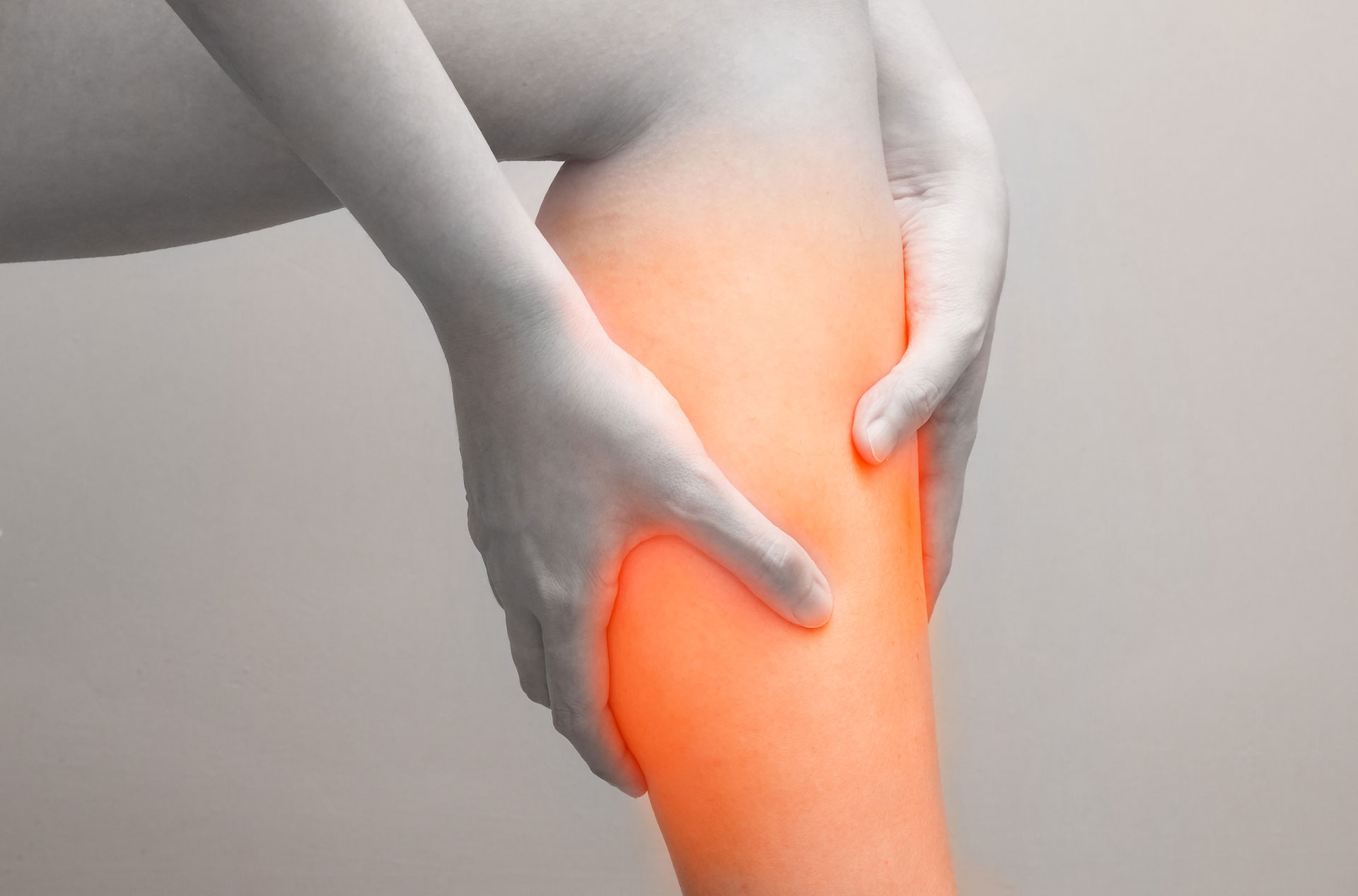
Claudication
Premier Vein & Vascular
Vascular and Endovascular Surgery located in Tampa, FL & Largo, FL
Do your legs cramp when you walk, even if it’s just a short stroll around the block? It could be claudication. Your muscles need more blood when you exercise, but restricted blood flow can cause cramping, numbness, and pain. At Premier Vein & Vascular in Tampa and Largo, Florida, Nestor Guerrero, ARNP-C and the team can diagnose and treat claudication to help you get moving with less pain. Schedule your appointment at the nearest office online or over the phone today.
Claudication Q & A
Claudication is a type of leg pain that develops during physical activity. When you exercise, your muscles need more blood. Certain vein conditions, like peripheral arterial disease and atherosclerosis, cause plaque buildup inside arteries and restrict blood flow.
This restriction can cause a cramping pain in your legs when you get up and move because your muscles aren’t getting the blood they need. Pain may appear anywhere from your ankles to your buttocks.
Claudication is sometimes referred to as intermittent claudication because the pain isn’t constant. It often appears shortly after you begin exercising and disappears with rest. However, as the condition worsens, it’s possible to suffer claudication pain even when resting.
Claudication pain develops with activity. People with claudication often describe the pain as:
- Cramping
- Numbness
- Tingling
- Aching
- Burning
You might notice pain throughout your legs and buttocks. These sensations typically disappear once you stop exercising.
The most common causes of claudication are peripheral arterial disease (PAD) and atherosclerosis. Certain medical conditions and lifestyle factors make claudication, as well as the development of these heart disease, more likely.
Factors that increase your risk of claudication include:
- Being over 55 if you’re male
- Being over 60 if you’re female
- Diabetes
- High blood pressure
- High cholesterol
- Family history of claudication
Certain lifestyle factors may also make claudication more likely. These are:
- Living a sedentary lifestyle
- Being overweight or obese
- Using tobacco products
Every person’s family and personal medical history is unique. Talk to the team at Premier Vein & Vascular about your risk factors and what you can do to manage them.
Claudication causes pain when you exercise, but regularly walking is one of the most effective ways to treat the condition. It improves blood flow, which reduces pain.
If you’re overweight, working toward a healthy weight can minimize symptoms. Stopping smoking can also improve health. Taking steps to control preexisting conditions like diabetes, high blood pressure, and high cholesterol is important to reduce your risk of complications.
For advanced claudication, Premier Vein & Vascular may recommend additional treatments. Prescription medications can improve blood flow and surgery may be an option to clear a severely blocked blood vessel.
Don’t ignore leg pain when you exercise. Book an appointment at Premier Vein & Vascular to find claudication treatment that works. Call or request an appointment online today.

